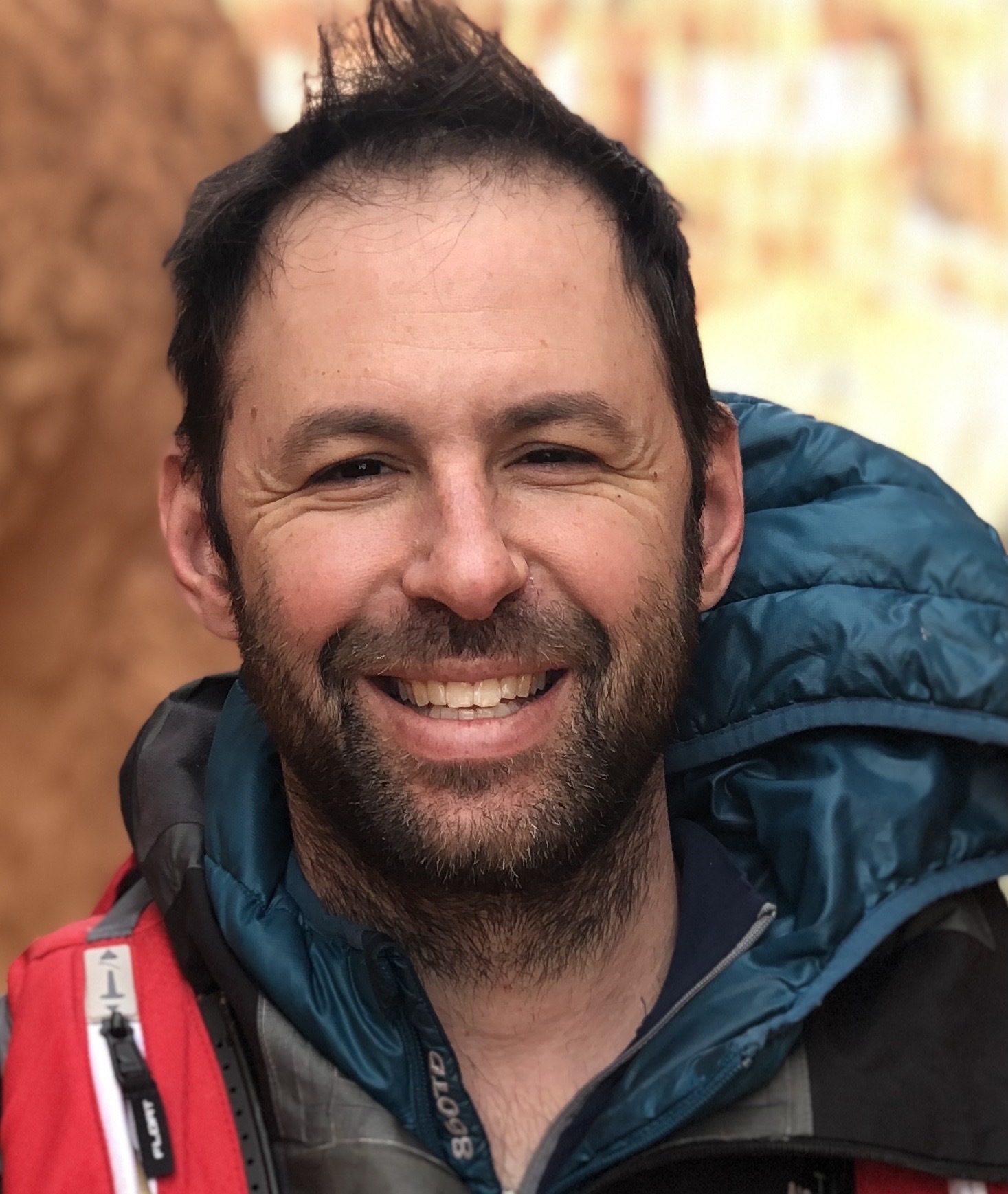Building a "Comparison of Comparisons" Across Multiple Experiments using Meta-Analysis on ROSALIND
In this webinar, Jeremy demonstrates how to set up and explore new insights across multiple comparisons and experiments using ROSALIND's new Meta-Analysis capability. ROSALIND analyzes your full data set to find and cluster the hidden differentially expressed patterns, and provides a deep interpretation for each one, including interactive heat maps, gene lists and pathways. With ROSALIND Meta-Analysis, you can dive right into what is most significant in your experiments.
Click watch a replay of the Webinar
ROSALIND™ is the first ever genomics analysis platform designed specifically for life science researchers and biologists. Attendees of this event should register for a free account on ROSALIND beforehand: https://rosalind.onramp.bio/register
Who should attend?: Biologists, Genomics Core Professionals, Researchers, Drug Developers, BioInformaticians
How long is the event?: 45 minutes of content with Q&A afterwards
(send your questions to info@onramp.bio)
Jeremy has over 15 years experience in BioInformatics and Computational Biology. He is passionate about helping researchers obtain important insights from their data without the need for programming.












